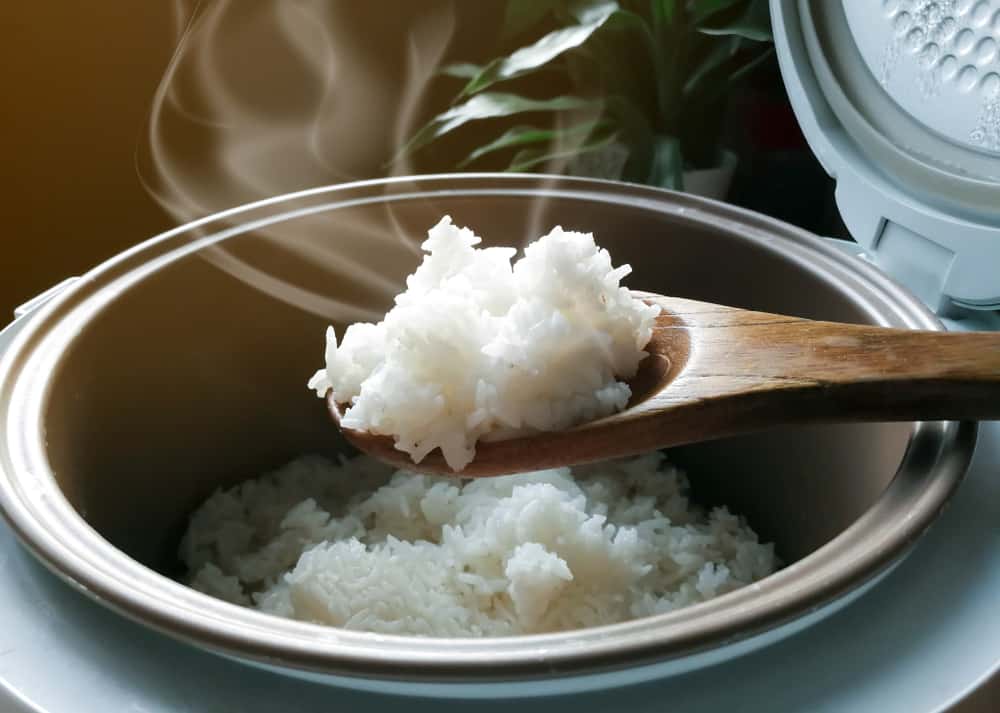
Rice cooker, a convenient kitchen appliance that allows you to cook the rice without looking in a few simple steps.
Rice Cooker Boiling Over
Having cooked rice for a long while, it’s inevitable to have a rice cooking disaster once every few months. Sometimes it’s burnt rice, and other times it might be your rice cooker boiling over.
Here in this article, we will tell you why your pot of rice boils over?
Your rice boils over due to four reasons, heat, amount of starch, type of rice, and excess water.
1. Heat
What happens when you heat milk at high temperatures?
It boils over.
Although not entirely similar, you can glean a bit through this example.
The rice you use has starch. Boiling your rice allows it to release the accumulated starch which then mixes with the boiling water. Starchy water then works on the same principle that a pot of boiling milk works on. Yes, you’ve guessed it correctly. Excess heat will cause it to boil over.
So if you notice a lot of starch, make sure to set the setting to low. But if your rice cooker does not come with such a setting, unplug the rice cooker or watch it overflow.
2. Amount of starch
The amount of starch within your rice may differ depending upon the brand you are using. Most of the time expensive brands wash their rice before packaging. As a result, their rice contains much less starch. But if you are buying cheap rice, then it’s without question that the rice will have a lot of dirt and starch attached to it. Cooking with such rice will cause starch related problems.
3. Type of rice
There are two types of starch found in all types of rice. Amylose and Amylopectin. Risotto rice is the type that has a lot of amylopectin starch. This starch makes your rice stick. So when cooking risotto, having this type of rice gives a creamy product. Similarly, Japanese rice also has the amylopectin starch, this allows you to make sticky rice more easily.
But the downside of amylopectin is that the starch, when mixed with water, boils over. So avoid using rice with amylopectin starch if you want to bypass this problem.
On the other hand, rice with amylose starch works almost on the opposite spectrum. Instead of sticking together the starch makes each grain cook separately. Having large amounts of amylose starch will not cause an overflow. Rice like basmati falls into this category.
4. Water
Its simple to understand, more water means less space. Less space will cause an overflow.
Tips to solve this issue
- Wash your rice thoroughly
Washing the rice will get rid of a large amount of starch. But only if you wash it properly. To properly wash your rice put it inside a large bowl. Add water and use your hands to rub the grains together. The more aggressive you are the more starch you will extract. Rinse and repeat the rice washing process.
- Use cheap oil
Cover the rim of your cooking bowl with a little bit of canola oil. The oil will act as a blockade and will prevent overflowing.